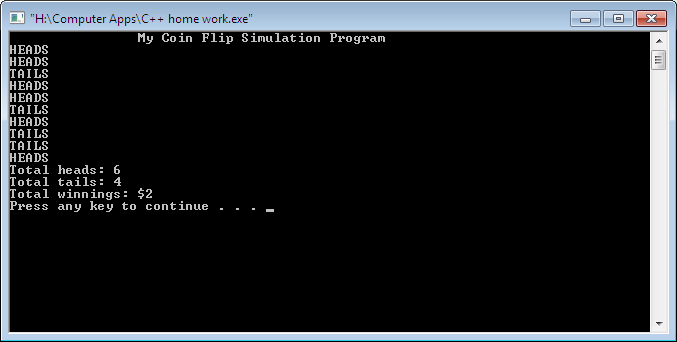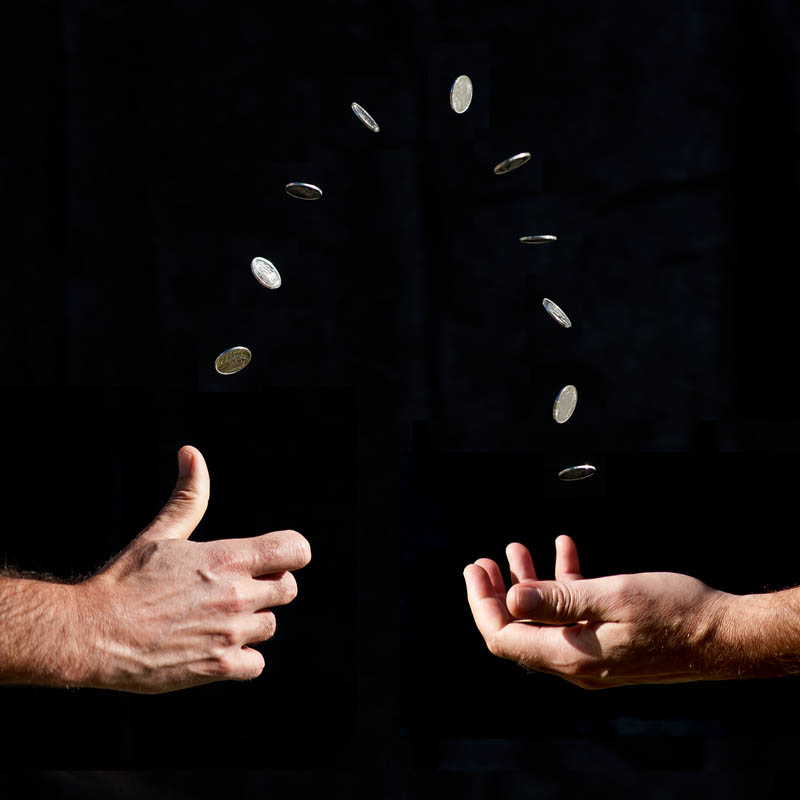

This means that you want the other six girls to reject you, which, based on your good looks, has only a 1 / 10 change of happening (The sum of all events happening is always equal to 1, so we get this number by subtracting 9 / 10 from 1). So a solid 9 / 10 then.Īs you only want to go on four dates, that means you only want four of your romance attempts to succeed. If you have problems with assessing your looks fairly, go downstairs and let your grandma tell you what a handsome, young gentleman you are. One of those has got to be the one, right? The first thing you have to do in this situation is look in the mirror and rate how likely a girl is to agree to go out with you when you start talking to her. More specifically, you want to ask ten girls out and go on a date with only four of them. Say that you're a teenager straight out of middle school and decide that you want to meet the love of your life this year. Go to the dice probability calculator if you want a shortcut.īut what if you repeat an experiment a hundred times and want to find the odds that you'll obtain a fixed result at least 20 times? We'll be waiting here until you get back to tell us we've been right all along. So go on, roll it, say, a thousand times. Remember that the more times you repeat an experiment, the more trustworthy the results. If you don't believe me, take a dice and roll it a few times and note the results. Therefore, the probability of obtaining 6 when you roll the die is 1 / 6. If it is a fair die, then the likelihood of each of these results is the same, i.e., 1 in 6 or 1 / 6. If you have a standard, 6-face die, then there are six possible outcomes, namely the numbers from 1 to 6. When you look at all the things that may occur, the formula (just as our coin flip probability formula) states that Classical probability problems often need to you find how often one outcome occurs versus another, and how one event happening affects the probability of future events happening. Now that the elements are styled as a visual coin, let’s create a CSS animation using Coin flip CSS animation with rule is a CSS rule used to specify the animation code.The probability of some event happening is a mathematical (numerical) representation of how likely it is to happen, where a probability of 1 means that an event will always happen, while a probability of 0 means that it will never happen. The rotation animation you will create next. tail class will have the transform: rotateX() property set to -180deg so that it will synergize with head class z-index property is set to 10 to put it above the. The head side will have yellow color while the tail side will have red color. tail style each colors the side of the coin. The backface-visibility is set to hidden to hide the back face while rotating.

side style will transform the two elements that represent the sides of a coin to a circle by setting the border-radius to 50% on all sides. You will also have the cursor transformed into a pointer to tell the user that it can be clicked. The #coin style will put your visual coin at the center of the HTML page and set the width and height size to 100px. getElementById ( "result" ) function fnClick ( event )


getElementById ( "flip" ) let result = document.


 0 kommentar(er)
0 kommentar(er)
